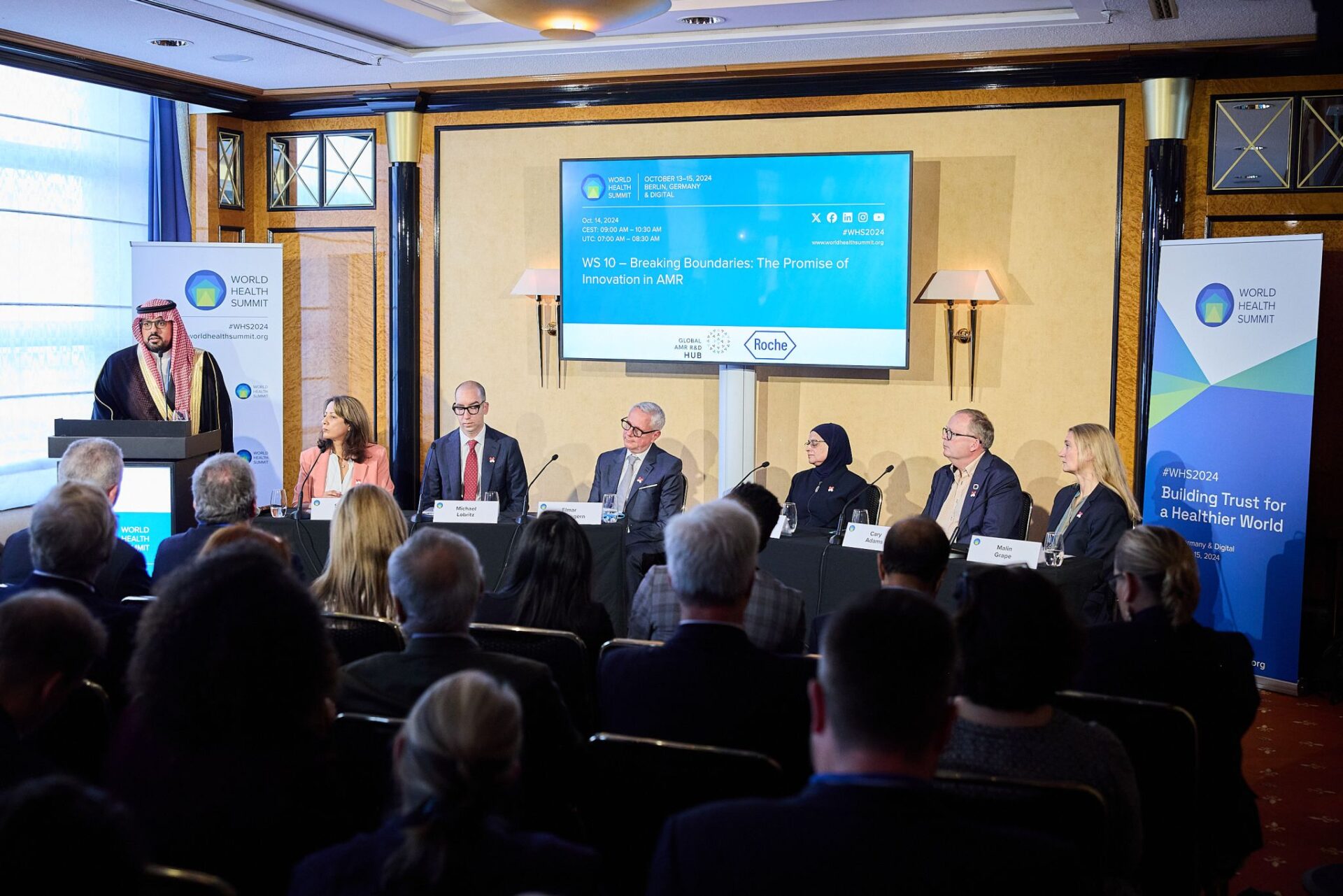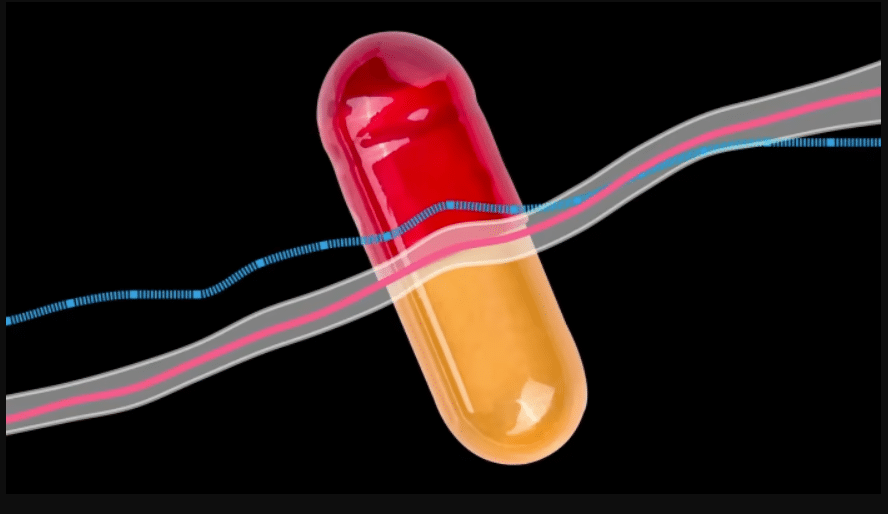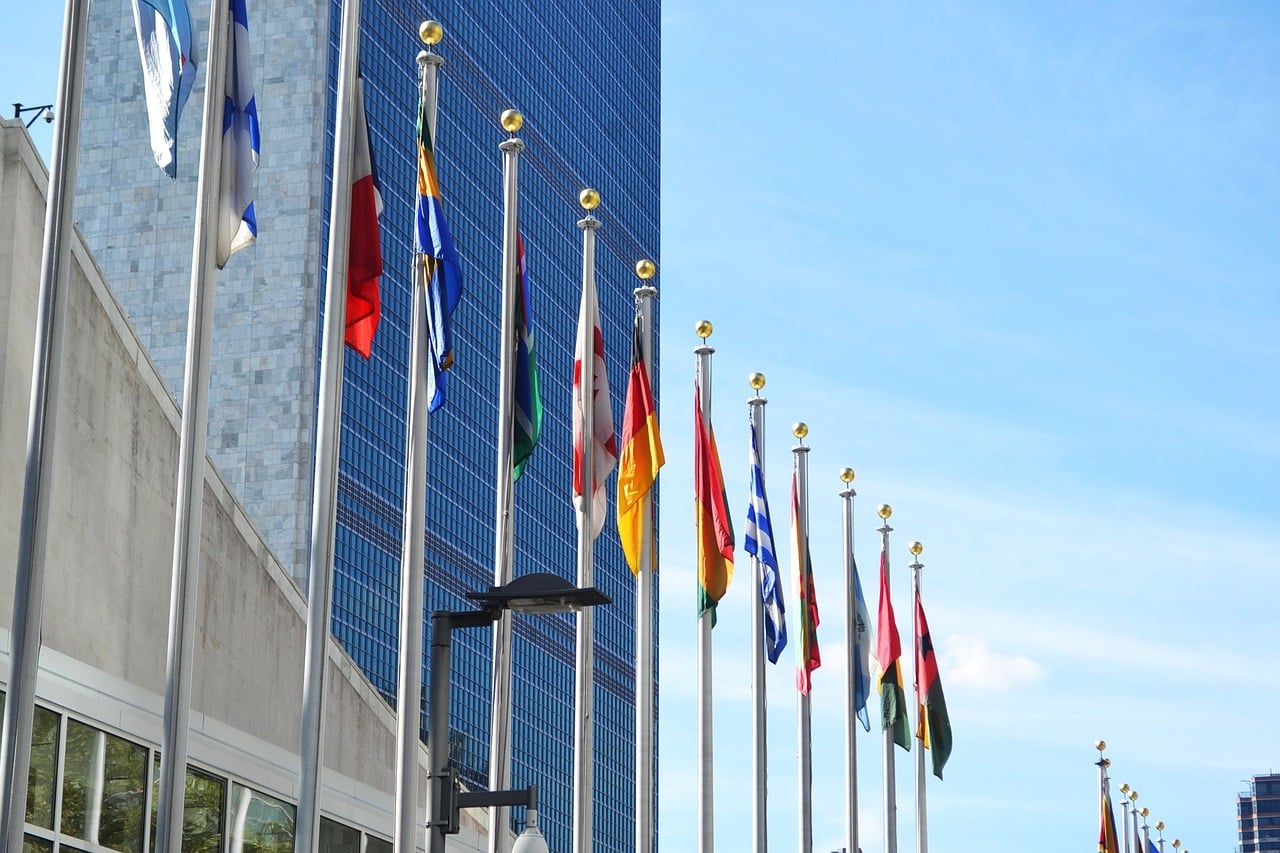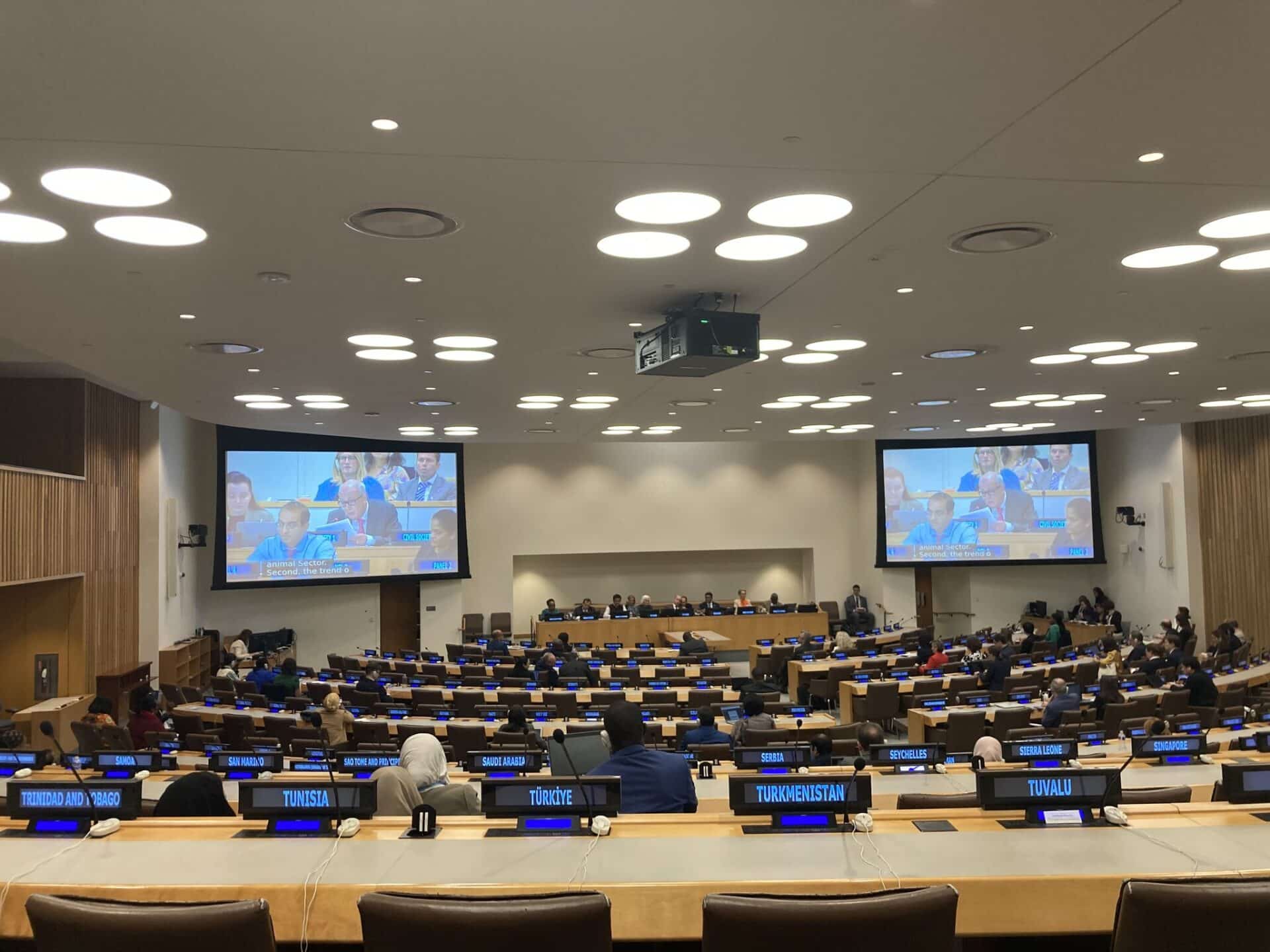From Intention to Action: The Promise of Innovation to Address AMR
For decades, antimicrobials have revolutionised modern medicine, greatly improving health outcomes. However, their effectiveness is now compromised from the very present and growing threat of antimicrobial resistance (AMR). This means that patients are increasingly at risk of developing infections that can’t be treated and that could lead to death.
AMR occurs when microbes like bacteria, viruses, parasites evolve to resist the effect of medications once used to treat them, allowing infection to persist and spread. Unfortunately, this is a natural consequence of antimicrobial use. However, it is being accelerated by factors such as climate change, conflict, inappropriate use of antimicrobials and ineffective infection control practices in hospitals and care centres.
In 2021, an estimated 4.71 million deaths were associated with bacterial AMR, including 1.14 million deaths attributable to bacterial AMR. Without decisive action, such as that outlined in the recent UN Political Declaration on AMR, it is estimated 8.2 million people could die annually from AMR associated deaths by 2050. Not only is this catastrophic for people around the globe but also presents a significant economic impact, with a reduction of 2% to 3.5% of GDP, estimated up to 100 trillion USD.
But what needs to be done to make this declaration a reality?
Together we had the pleasure of contributing to a panel at the 2024 World Health Summit in Berlin focusing on how we can break past current boundaries and deliver on the promise of innovation in R&D to address AMR. From a lively exchange of the panel’s wide ranging experiences and ideas, several key areas for focused action emerged:
We need to invest in the science of AMR
Developing new antimicrobials is a highly complex challenge with unpredictable outcomes. High failure rates, lack of research funding, and a limited and declining AMR workforce can and do act as barriers to innovation in antimicrobials. Reflecting this, a WHO-led analysis revealed a worryingly thin antibiotics R&D pipeline, calling into question our ability to address drug-resistant infections both in the short- and long-term.
To drive innovation, we must cultivate a scientific environment that recognises the value of innovation in AMR. This includes not only financial investment in R&D – including finding ways to achieve incentives that drive multi-sectoral investment into AMR, but also investment in our people. With only around 3,000 active AMR researchers worldwide, compared to 46,000 in cancer research, more training, funding, and career support is essential to meet the urgent need for new antimicrobials.
Simultaneously, we must also invest in and leverage the power of diagnostics to protect the lifespan of antimicrobials and support their responsible use. Rapid, accurate diagnostic technologies are crucial to help distinguish among bacterial and non-bacterial infections, identifying pathogens, and detecting resistance/susceptibility. This ensures patients receive the optimal antimicrobial treatment only when necessary, reducing misuse and preserving the effectiveness of current and new antimicrobials for future generations. Therefore, investments in diagnostics must complement new antimicrobial developments to prevent resistance and obsolescence.
We must address AMR alongside other health conditions
AMR does not exist in a silo and has the potential to significantly undermine our hard-won progress in addressing the global burden of non-communicable diseases (NCDs), including progress in cancer care.
For many people living with cancer, the treatments they rely on – chemotherapy, radiation, surgical intervention – come with the risk of increased susceptibility to infection. In fact, people with cancer are currently twice as likely to experience untreatable infections due to AMR, with serious infections being the second leading cause of death in those undergoing cancer treatment. Therefore, having access to a robust arsenal of effective antimicrobials is an indispensable component of successful cancer care. To protect the progress we are making in cancer we must take action to ensure continued innovation and development of new drugs, better stewardship of antimicrobials, and include the growing threat of AMR when considering national cancer plans and targets.
While AMR will affect us all, it will not affect all equally
AMR is a truly global challenge, but its impact is not distributed equally. Low- and Middle-income countries (LMICs) currently face a disproportionate AMR burden due to multiple factors. Additionally, many LMICs lack access to both existing and newer antimicrobials that are effective against highly drug-resistant bacteria, increasing patient vulnerability to these challenging infections. Limited access worsens resistance through poor treatment and drives demand for low-quality and falsified drugs, increasing health inequities and the socio-economic impact of AMR. Notably, studies are showing that improving development of and access to antibiotics – alongside better infection prevention measures – would avert the deaths of millions of people.
A multifaceted approach is essential to mitigate the disproportionate burden of AMR in LMICs as well as targeted investments in healthcare infrastructure, capability building, and access to affordable diagnostics and treatments. Such efforts will serve not only to curb the rise of resistance, but also ensure that progress on AMR is achieved broadly and equitably around the globe.
We must accelerate public-private partnerships
As one of the most pressing public health threats of our time, it’s clear that no single individual, organisation, or nation can tackle this issue alone. Addressing AMR requires strong collaboration across the public and private sectors, uniting resources, expertise, and innovation. Initiatives like CARB-X (Combating Antibiotic-Resistant Bacteria Biopharmaceutical Accelerator), GARDP (Global Antibiotic Research & Development Partnership) and ATOM (Accelerating Therapeutics for Opportunities in Medicine) exemplify this collective effort. These projects demonstrate how partnerships among governments, non-profits, and private industry can drive the development of critical solutions, from new antibiotics to advanced drug discovery technologies.
We need to move from intention to accountability
While the UN Declaration on AMR is a significant signal of global intent, a declaration alone will not suffice to address the AMR crisis. Governments must follow through on their commitments, including prioritising robust monitoring and data collection to understand AMR’s current burden and ensure data-driven decision making in national response plans. A number of countries have already leveraged credible data repositories like the Global AMR R&D Hub’s Dynamic Dashboard to inform their AMR strategies, and these efforts should continue. Additionally, enforcing regulations and ensuring responsible use and disposal of antimicrobials are also going to become non-negotiables for effectively combating AMR.
Time to act
While the global threat of unchecked AMR can seem daunting, there is also a sense of hope, recognising that we are at a crucial turning point. Now is the time to seize the opportunity, leveraging the momentum of the UN Political Declaration on AMR, to address AMR and for the global community to come together to transform intentions into meaningful actions, fulfilling the promise of innovation and safeguarding global health.
References
3: AMR Review Paper – Tackling a crisis for the health and wealth of nations.
4: 2023 Antibacterial agents in clinical and preclinical development: an overview and analysis. Geneva: World Health Organization; 2024. Licence: CC BY-NC-SA 3.0 IGO.
5: AMR Industry Alliance (2024). Leaving the Lab: Tracking the decline in AMR R&D professionals.
6: Antimicrobial resistance and its impact on cancer care.
7: Lewnard JA, Charani E, Gleason A, et al. Burden of bacterial antimicrobial resistance in low-income and middle-income countries avertible by existing interventions: an evidence review and modelling analysis. Lancet. 2024;403(10442):2439-2454. doi:10.1016/S0140-6736(24)00862-6.
8: Global AMR R&D Hub: Dynamic Dashboard. https://dashboard.globalamrhub.org/

